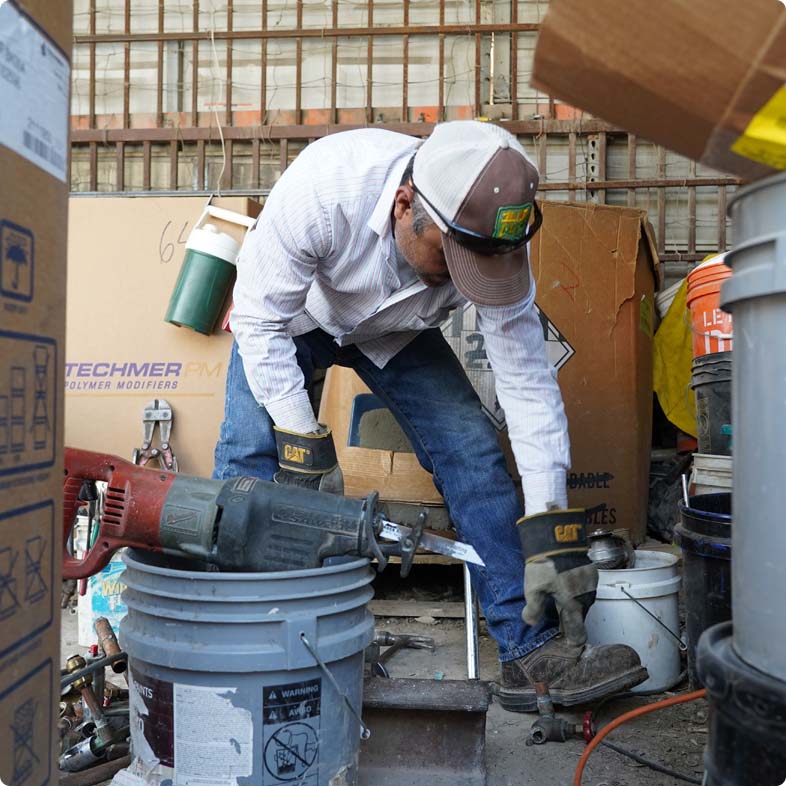Different Types of Copper Recycling
Recycling is a core component of sustainability, but it still has a long way to go in America to be an everyday factor of life. Copper recycling, in particular, often goes underutilized, even though it is one of the most valuable metals to recycle. Today, we will share with you the different types of copper recycling, why they must be recycled, and how you can get started today!
Types of Copper Recycling
The average person knows about this metal, but not that there are different types of copper recycling depending on its grade. To put it easily, here are the four grades explained.
- Bare Bright Copper
Bare Bright Copper is the highest quality copper scrap in the industry, as it consists of a clean, unalloyed composition. Since it has no coatings or impurities, it is easy to process and highly valuable.
- #1 Copper
Very close to Bare Bright Copper is #1 Copper. It, too, is unalloyed and uncoated, making it free from paint, insulation, and other impurities. Essentially, #1 Copper is 98% copper, allowing an easy recycling process like with Bare Bright Copper.
- #2 Copper
Next down on the list is #2 Copper. While it isn’t quite as pure as #1 Copper, coming in around 94%-96% copper, it is still valuable. The difference is that #2 Copper may have small amounts of impurities in addition to coatings. While it is harder to recycle, it is still feasible to do so.
- #3 Copper
Lastly, there is #3 Copper. Unfortunately, most recycling centers won’t accept this grade since the quality typically sits between 88%-92% copper. Types of copper recycling like this include extensive other products from coatings to mixed metals, making it challenging to process.
Why Recycling Copper Matters
The types of copper recycling available today have drastically increased, with most grades being available to be repurposed. Since copper is a finite resource, making an effort to recycle it provides a long list of benefits on a personal, community, and global level. Here are just a few benefits:
By recycling, you are helping to:
- Reduce landfill waste and costs
- Conserve national resources
- Reduce energy consumption
- Increase local community jobs
- Mitigate waste costs for local businesses
- Decrease the environmental impacts of new copper extraction, including:
- Habititat destruction
- Water pollution
- Minimize greenhouse gasses that come from:
- Mining
- Refining
- Processing
- Shipping
Overall, the act of recycling copper and other materials helps to create a sustainable, circular economy that benefits individuals, communities, and the world as a whole. However, for this to be a continued success, it must start at home and in businesses, with people taking the time to recycle properly. It all starts with you!
Recycle Your Copper at Community Recycling
Here at Community Recycling, we are ready to help you with your copper recycling needs. We accept Bare Bright Copper, #1 Copper, and #2 Copper, as well as copper/aluminum radiators, copper/brass mixed, and copper flashing. If you aren’t sure if your copper counts as a material to be recycled, please feel free to give us a call or shoot us a message!
YOUR PLANO WHOLESALE SCRAP METAL COMPANY

WHAT CAN COMMUNITY RECYCLING DO FOR YOU? Learn More About the Items We Accept